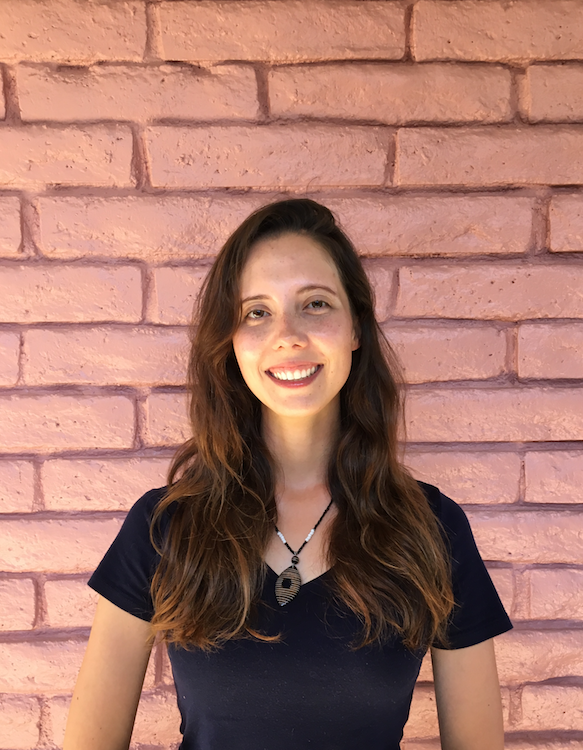Margit Lia Bowler

Hi! I am a linguist working at Siri Understanding. In my academic life, I had a postdoc position in the Department of Linguistics and English Language at the University of Manchester, where I worked on a project on the lexical semantics of lexical categories. I received my PhD in linguistics from UCLA in December 2018.
I specialize in semantic fieldwork. I am interested in formally modeling how words combine to generate meanings, and I work with native speakers of languages to collect data addressing this question. I am very interested in language variation and typology, particularly as it relates to semantic questions: what is the range of strategies that languages can use to express certain meanings? Are these strategies necessarily truth-conditionally equivalent? If so, how can we formally capture this?
My research is data-driven and contains both descriptive and theoretical components. These days, I am mostly thinking about crosslinguistic variation in degreefulness/degree constructions, and the relationship of this variation to the lexical category of property concept words. In the past, I have also worked on evidentiality, modality, disjunction, and ideophones. My primary fieldwork languages are Warlpiri (Pama-Nyungan; Australia), Logoori/Maragoli/Llogooli/Luragooli (Bantu; Kenya), and Tatar (Turkic; Russia).
Andrew Koontz-Garboden, Emily Hanink, Ryan Bochnak and I are currently studying cross-linguistic variation in degree constructions. We show that the kind of parametric variation in degreefulness predicted by the Beck, et al. 2009 Degree Semantics Parameter is contradicted by data from a variety of unrelated languages. We propose that property concept words themselves do not lexicalise degree semantics, and that degrees (modeled as measures of states) are introduced not parametrically, but on a construction-by-construction basis by functional morphology (SuB handout).
Warlpiri conjoined comparatives (of the form Ruth is tall, Mary is short) are interesting for theories of vagueness and comparison in that they can felicitously occur in contexts in which they are expected to be unavailable, given our understanding of the Similarity Constraint on vague predicates (Graff 2000, Kennedy 2011). These are crisp judgment contexts (in which the items being compared differ only slightly) and in contexts in which the positive degree is not entailed. I argue that their felicity falls out from the fact that Warlpiri property concepts are nouns, and as nouns, they can be interpreted definitely via phonologically null definiteness marking (SuB handout).
Conjoined comparatives have previously been analyzed as conjunctions of two positive vague predications (Bochnak 2015, Bowler 2016, a.o.). However, as more detailed semantic fieldwork has been done on them, we find semantic and syntactic variation. Two points of variation are the ability of conjoined comparatives to occur in crisp judgment contexts and in contexts in which the positive degree is not entailed. Preliminary research suggests that the availability of conjoined comparatives in these constructions is correlated, and that languages divide into two groups: those that support conjoined comparatives in these contexts (Warlpiri, ?Samoan, ?Patpatar), and those that don’t (Washo, ?Motu). The answer to why this difference arises may lie in how contexts can be restricted in these languages.
Iara Mantenuto, Octavio León Vásquez and I are describing and analyzing comparatives in San Sebastián del Monte Mixtec (Otomanguean; Mexico). We are focusing on an unusual “mixed” comparative that shows features of both particle comparison (like English Ruth is taller than Mary) and conjoined comparison (like Warlpiri Ruth is tall, Mary is short). This mixed comparative contains an unusual focus-sensitive negation morpheme, òònjiví, that is itself an interesting puzzle, and suggests that an analysis of these comparatives will involve focus alternatives (UCLA colloquium handout).
Logoori is an ideal language for studying the relationship between the lexical category of property concept words and their ability to participate in degree constructions. Like other Bantu languages, property concepts in Logoori can be nouns, verbs, and adjectives; and as we know from other languages, degreefulness can vary based on lexical category (e.g. Tswefap, Tlingit). As part of the preliminary work on this project, I am collecting ~200 property concept words in Logoori. This project also allows investigation of the relationship of lexical category to Dixon’s classes of property concept words (e.g. dimension, physical propensity, etc.).
John Gluckman and I are studying modality in the Luyia (Bantu) languages of western Kenya. We make three main observations: (1) the Luyia languages share three verbs that are polysemous between modal and non-modal meanings (LSA handout); (2) speakers can use noun class agreement to mark modal/evidential meaning (SALT proceedings paper); (3) expressions of strong necessity modality are polysemous with lexical items that invoke a scalar "threshhold" (e.g. 'to arrive', 'border') (LV paper).